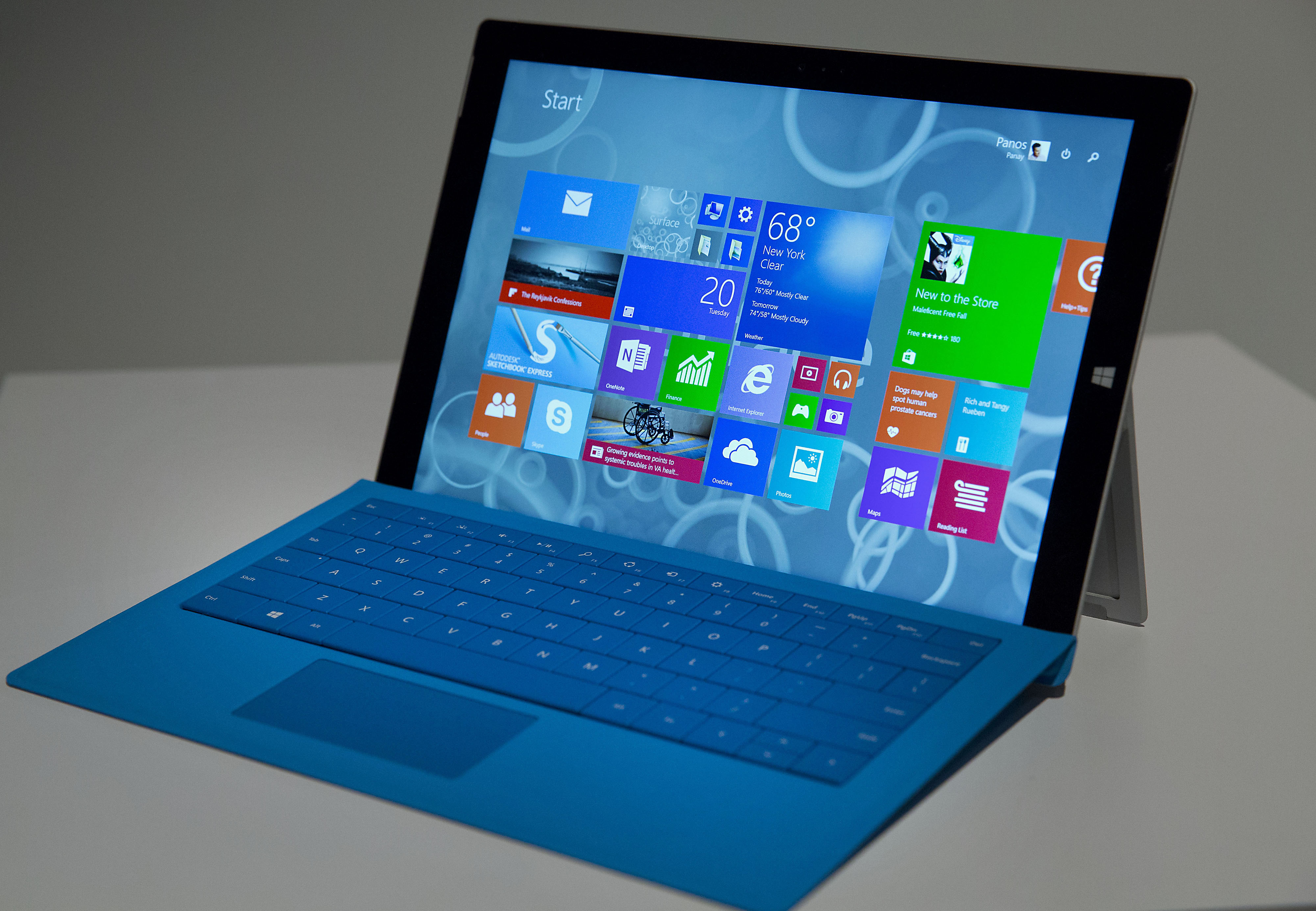
Ultimately, the Surface 3 continues to position itself as a tablet that can replace your laptop, but power-hungry PC users should note that it's all about price, battery life, portability and quiet operation this time around. That goes without mentioning Intel’s newer Core m3 CPUs that have all but replaced Atom chips at this point. It was the first Cherry Trail processor to feature in a tablet, but despite being faster than Intel's previous Bay Trail Atom chip, it's a step back from the more powerful Core-series i3, i5 and i7 processors used in the Surface Pro 3. On the inside, Microsoft has opted for an Intel Cherry Trail Atom CPU, which is passively cooled and allows the device to run silently in the absence of a fan while generating barely any heat. One of the main differences between the Surface 3 and the Surface Pro 3 isn't visible from the outside.


It can run any Windows program out there (within reason) and is ready for a free upgrade to Windows 10 as well as all of its subsequent updates. Despite the lack of a Pro moniker, and the fact that it bears more than a passing resemblance to the Surface 2 (it's almost exactly the same size and weight), the Surface 3 has killed off Windows RT and instead comes with Windows 8.1 installed.


 0 kommentar(er)
0 kommentar(er)
